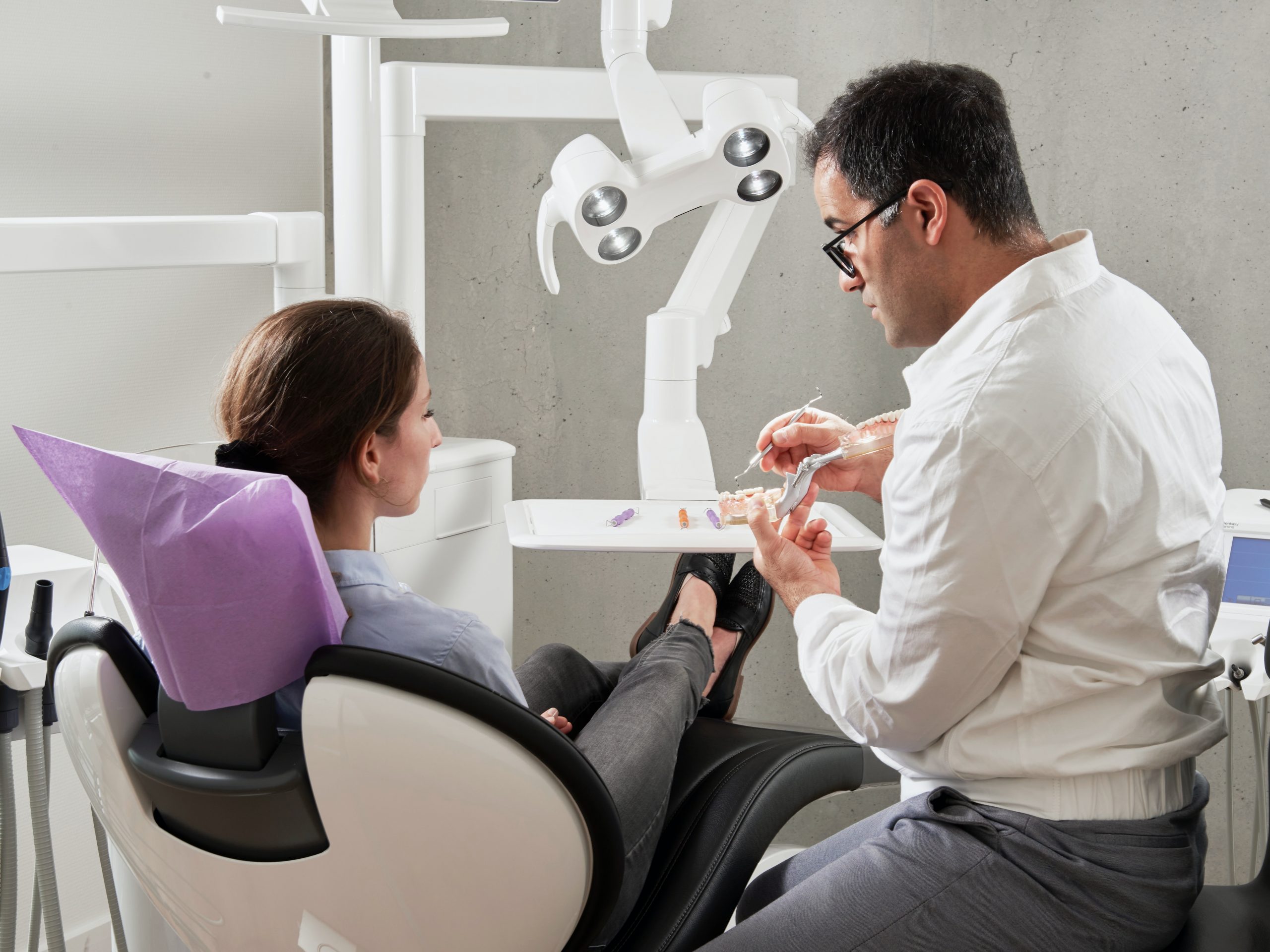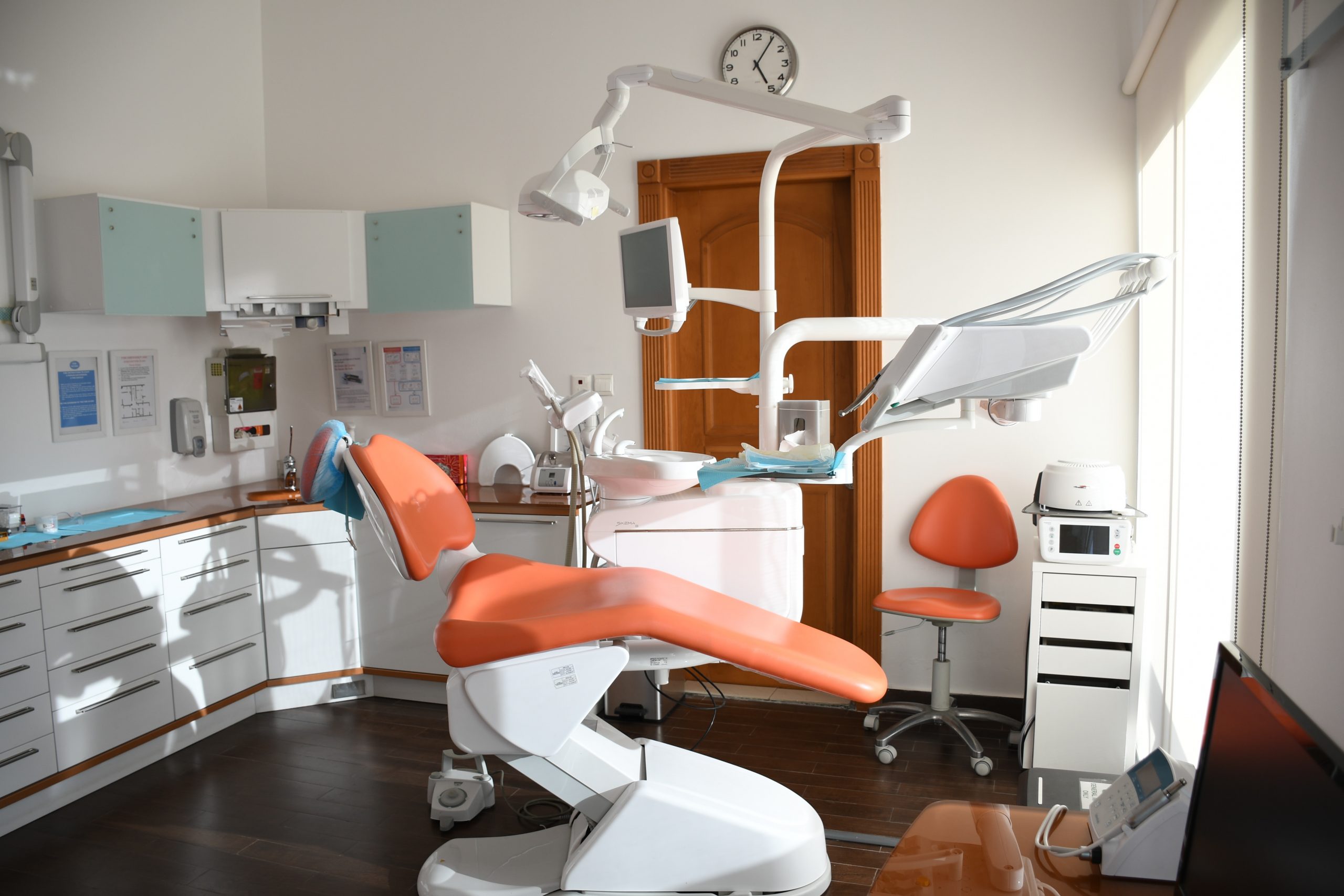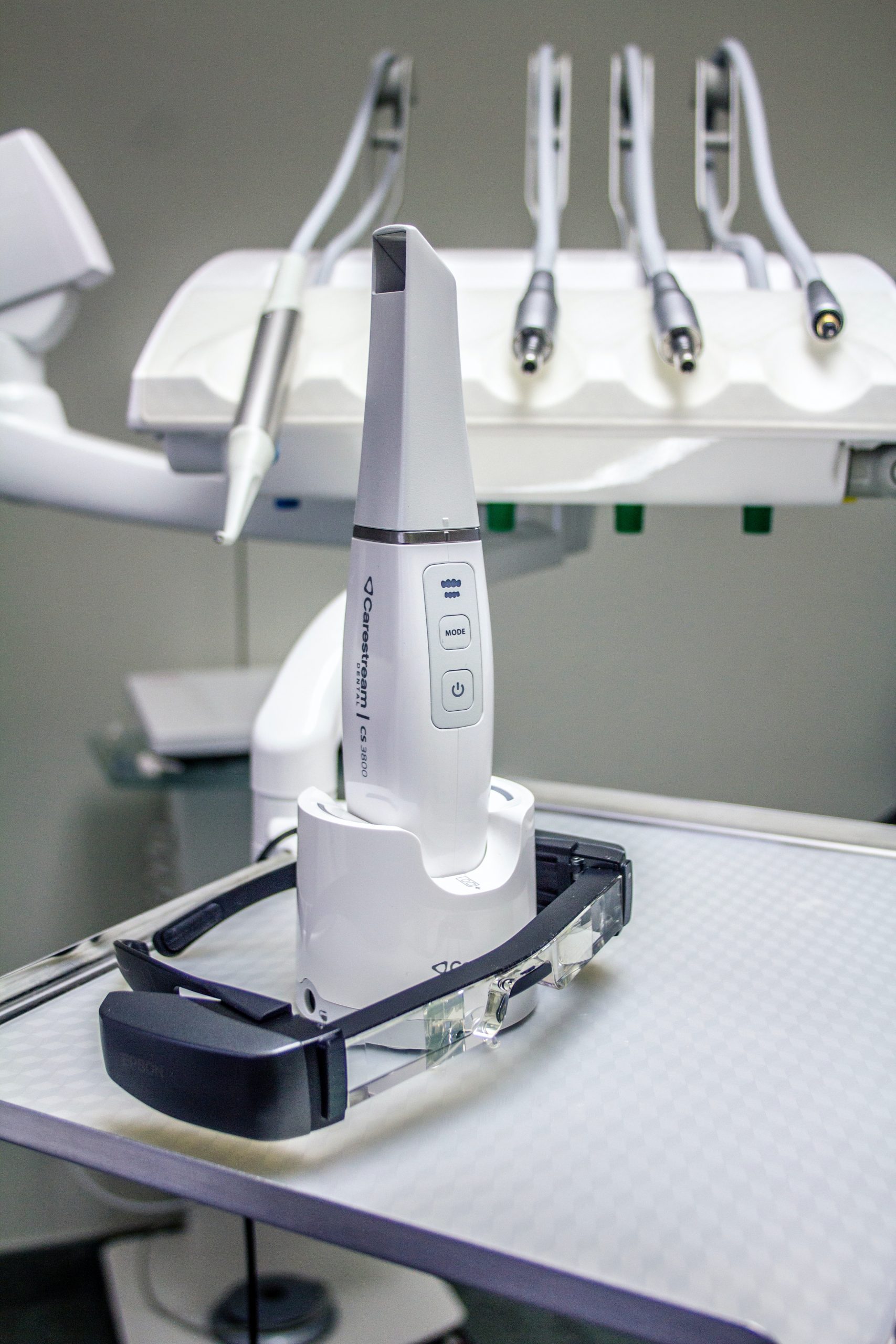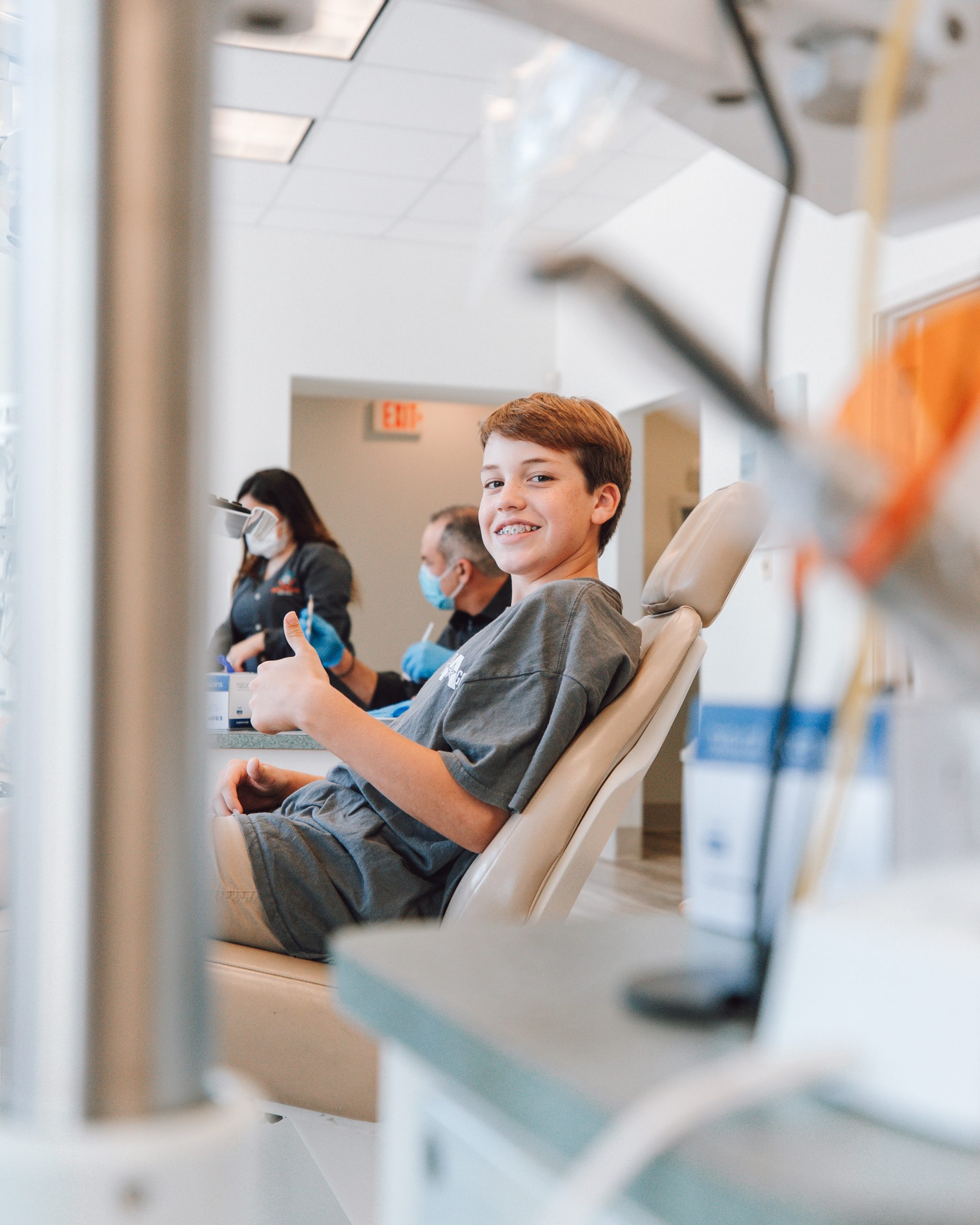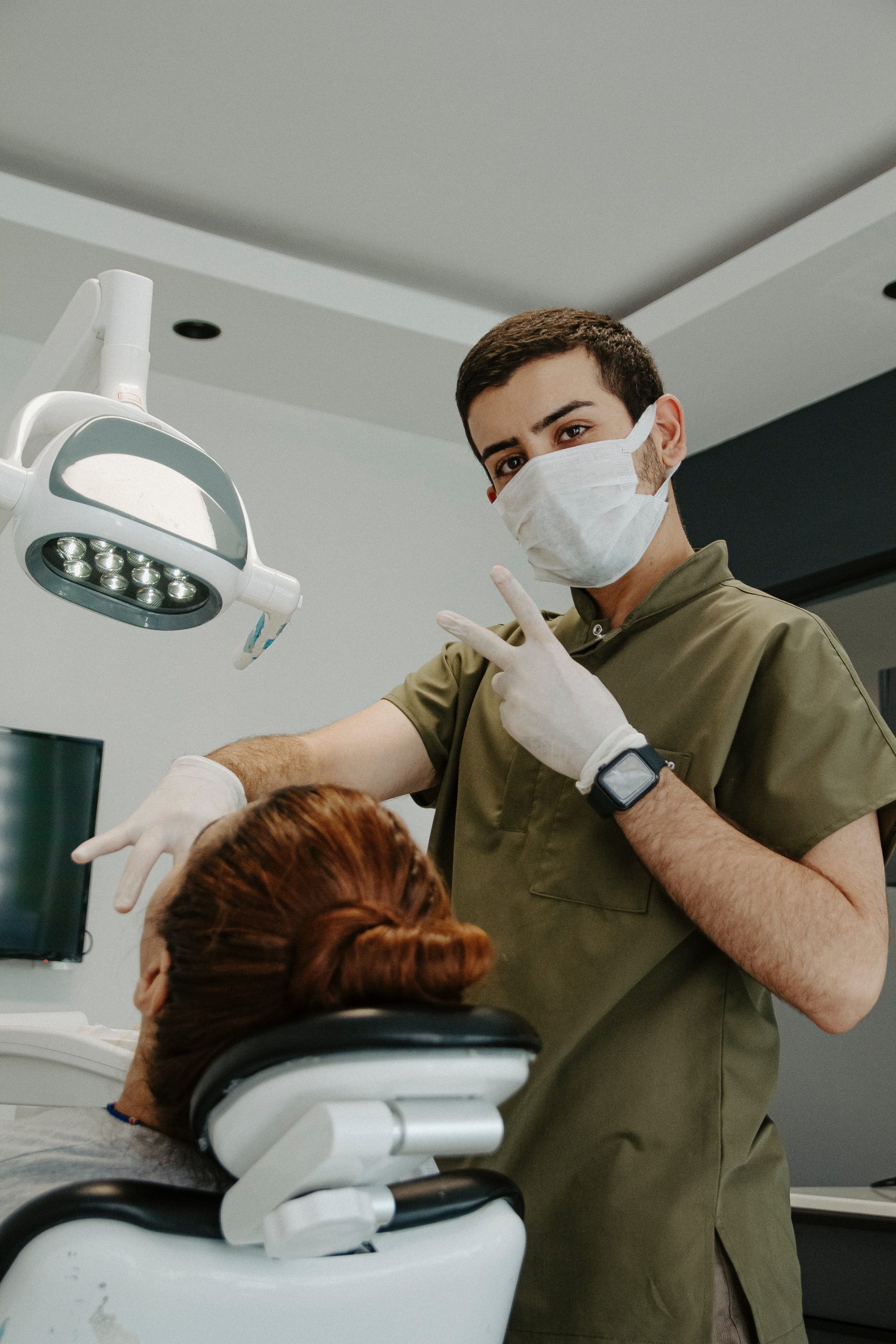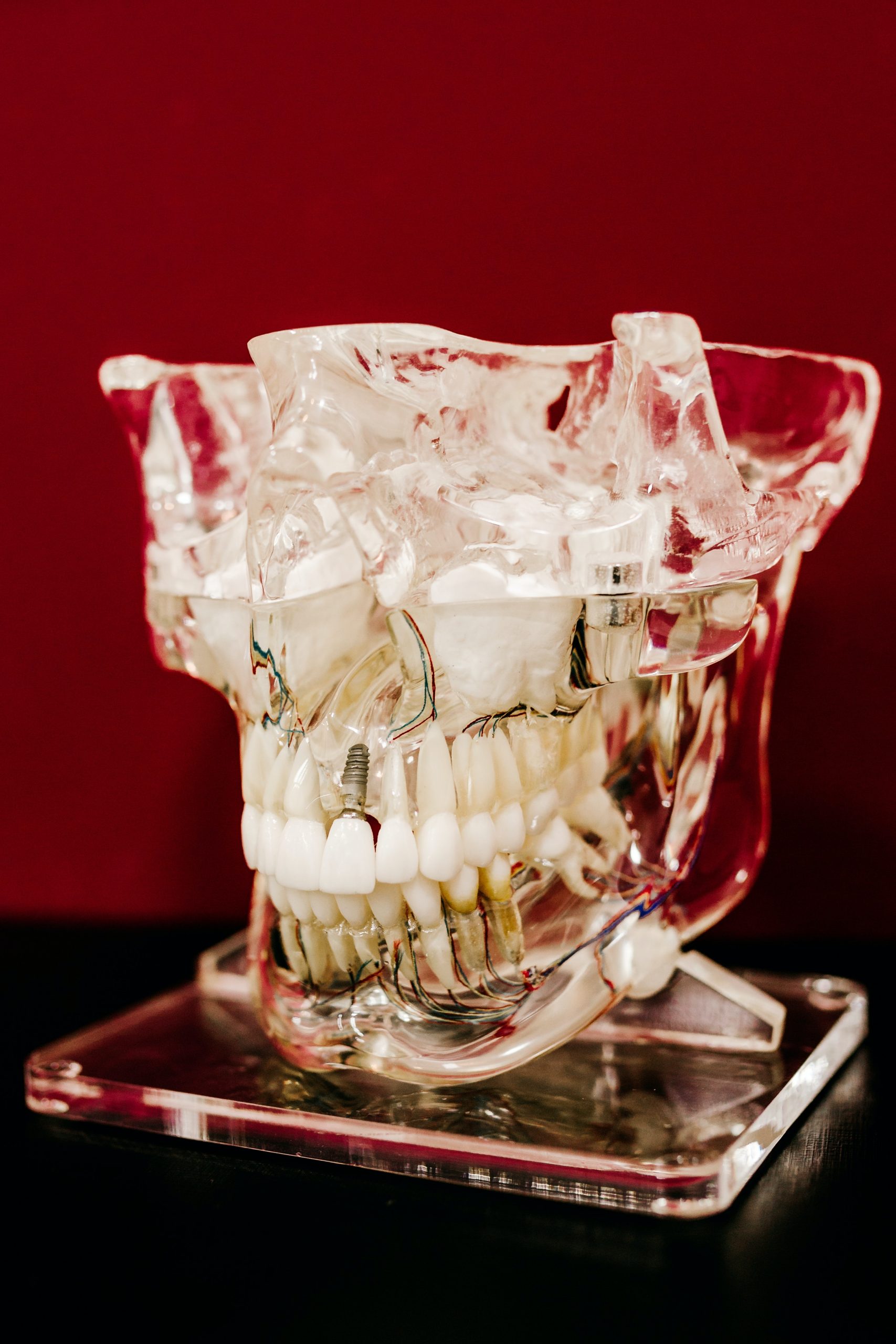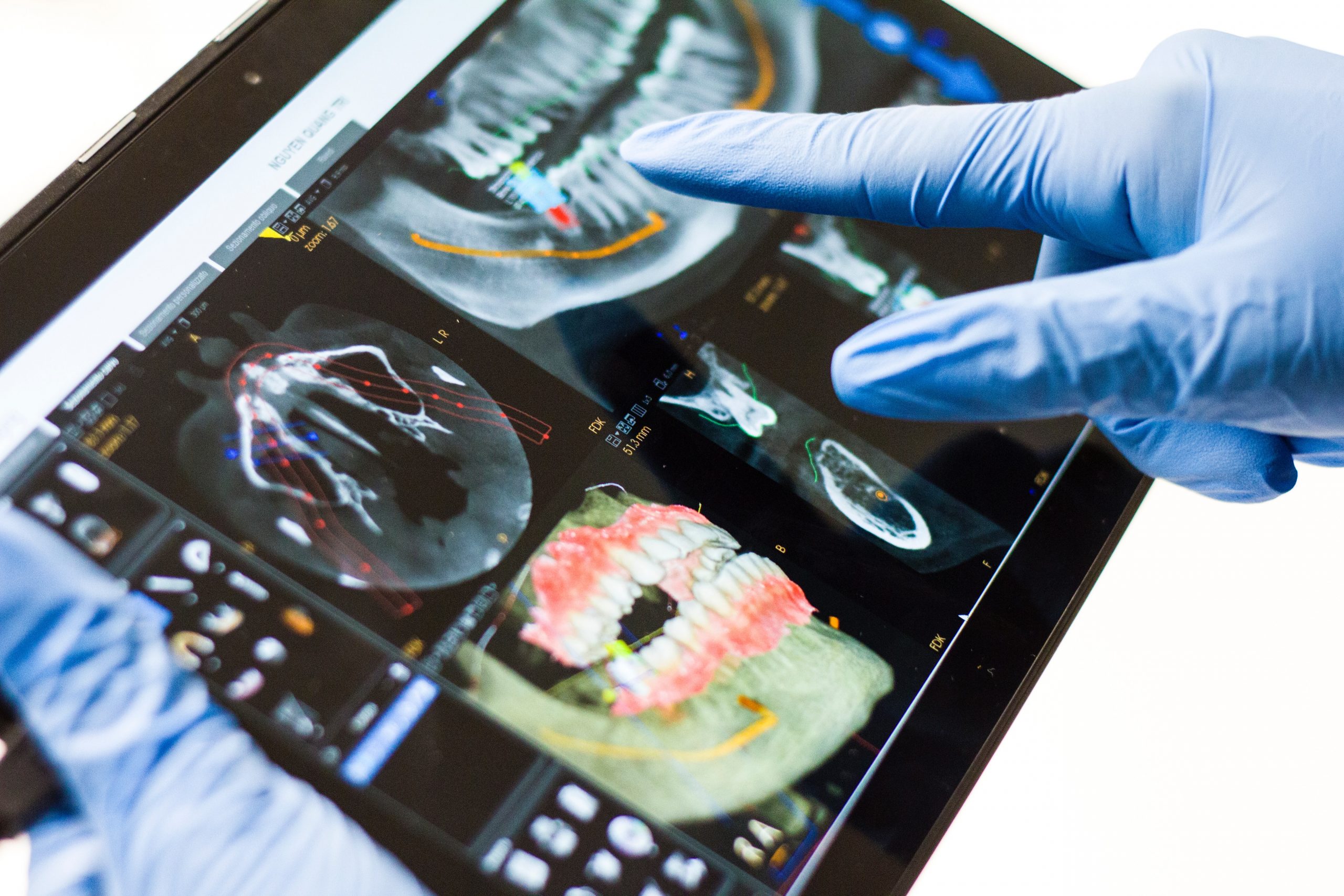
3D Printing in Dentistry
3D printing has already emerged in dentistry. As with other major paradigm shifts in the dentistry over the past 50 years like cosmetic dentistry, implants and diagnostics, major advances in 3D printing are also apparent.
What is 3D printing in dentistry?
It is a term used to describe the process of creating three-dimensional products from a digital file using a hardware printer. It is just like printing photos into a two-dimensional view on paper. This is actually an Additive Technology.
3D techniques include stereolithography, fused deposition modeling, selective laser sintering, powder binder printing, photopolymer spraying, electron beam melting, and laser machining.
3D printers are able to meet the stringent requirements for inlays, onlays, veneers and permanent crowns. New advances in materials science and biocompatible resins (plastics that can safely interact with the tissues and function of the human body) will enable dentists to explore new applications , including clear aligners, dentures and bridges.
Advantages of 3D Printing
1) 3D printing will enable mass customization in an automated and efficient manner,
2) It will minimize overhead and labor, reduce patient costs, and improve quality and accuracy.
3) By using a digital scanner, 3D printers can record the fine details of a patient's teeth and gums. These digital fingerprints, in turn, improve patient satisfaction and comfort while ensuring accuracy.
4) 3D prostheses minimize the risk of structural defects, which extends lifespan during patient use.
The digital transformation of dentistry, including CBCT, intraoral and extraoral scanning, ceramic and composite milling and robotic implantation, is firmly established. Current 3D printers are fully capable of meeting the high demand for temporary and permanent restorations and devices, and achieving the clinical excellence demanded by dentistry. Therefore, acceptance of this revolutionary technology is growing. It is increasingly being viewed as an industry breakthrough and predicting the future direction of the dental practice.

